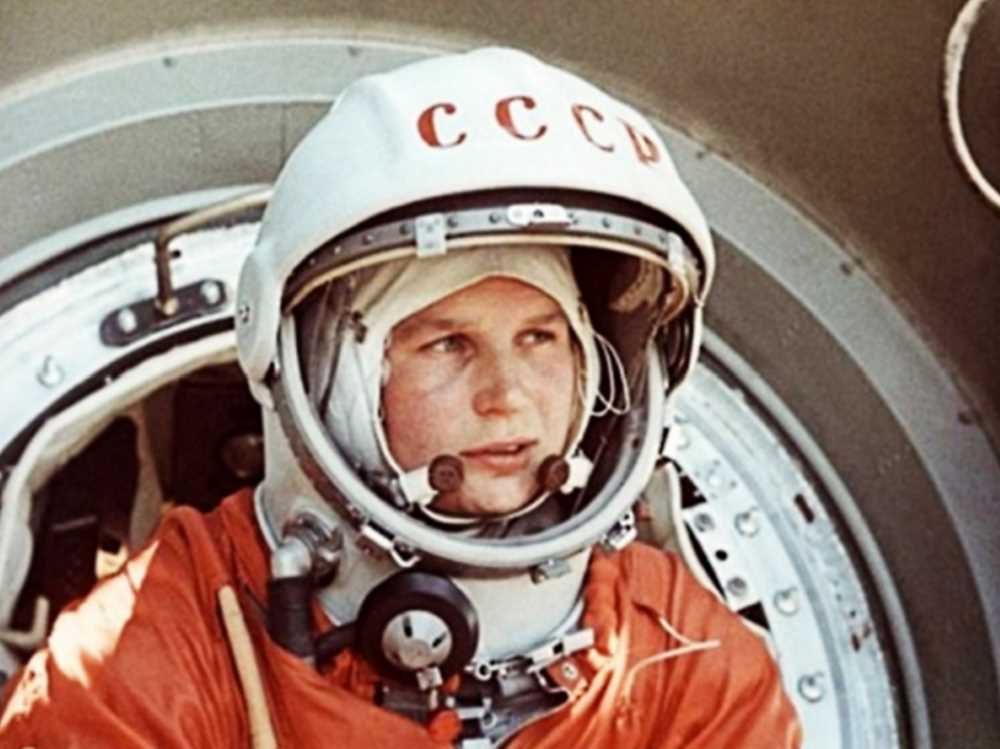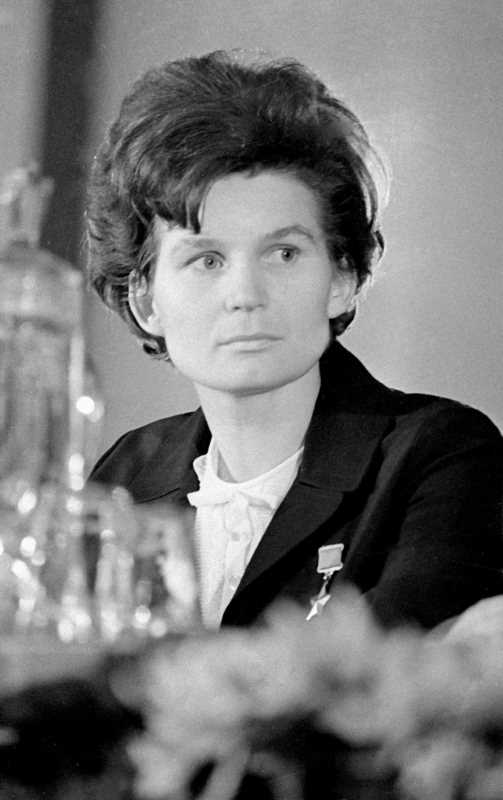How Valentina Tereshkova Broke the Galactic Glass Ceiling
In 1963, at the age of 26, Valentina Tereshkova was strapped into the Vostok 6 rocket, her heart likely pounding ahead of the unknown. Her ascent was solitary but monumental, making her the first woman to breach Earth's atmosphere and venture into the cosmic expanse.

When one speaks of cosmic trailblazers, names like Yuri Gagarin and Neil Armstrong are often met with nods of recognition. These men have cemented their legacies as the first human to orbit Earth and the first to set foot on the moon, respectively. However, the name Valentina Tereshkova seldom rings as many bells, a rather puzzling omission considering she shattered the glass ceiling—or rather, the Earth's atmosphere—by becoming the first woman to journey into space.
Born in 1937 in the unassuming Yaroslavl Oblast in central Russia, Tereshkova's early life was anything but glamorous. She was the daughter of a war hero father, who sacrificed his life when she was a mere toddler, and a mother who worked tirelessly in a textile plant to make ends meet. Unlike her future counterparts in the space race, who typically had extensive educational backgrounds, Tereshkova only attended school for a few years before continuing her studies via correspondence courses.
Yet what she lacked in formal education, she made up for in boundless enthusiasm and raw talent, particularly for parachuting—a hobby that would later prove serendipitous. She was not just a parachuting enthusiast, but also an active member of the Communist Party, demonstrating an early interest in serving her nation.
The year 1961 was pivotal for space exploration; it was when Yuri Gagarin etched his name into the annals of history by becoming the first human to orbit Earth. This milestone spurred Soviet leaders to ponder a tantalizing question: could a woman accomplish the same feat? As fate would have it, in 1962, a call for female astronaut applications went out, and among 400 candidates, Tereshkova was shortlisted along with five other women for this audacious endeavor.
The training was grueling and meticulously detailed: from simulating zero gravity conditions to undergoing insulation tests, attending engineering classes, and executing parachute jumps. Tereshkova not only participated but excelled, setting her apart as the ideal candidate for the mission.

The Historic Journey
In 1963, at the age of 26, Tereshkova was strapped into the Vostok 6 rocket, her heart likely pounding anticipating the unknown. Her ascent was solitary but monumental, making her the first woman to breach Earth's atmosphere and venture into the cosmic expanse. While the mission wasn’t without its challenges—she suffered from various ailments during the trip—she persisted, orbiting the Earth 48 times in almost three days.
Today, her pioneering voyage should make her as recognizable as her male counterparts, but the numbers tell a different story. Out of the 585 people who have had the privilege of traveling to space, a mere 53 have been women. This disparity underscores not just the gender gap in space travel, but also the sidelining of significant achievements by women in the annals of history.
Valentina Tereshkova's journey was more than a simple lap around the Earth; it was a stride for womankind, as monumental in its own right as Armstrong's iconic “one small step.” It is time we celebrate her, not as a footnote in the annals of space exploration, but as a central character in the narrative of human achievement.
After all, before there could be one small step for man, one giant leap for mankind. There was a fearless young woman from Yaroslavl Oblast, who soared into the unknown and showed us that the sky-literally-was not the limit for what women could achieve.




